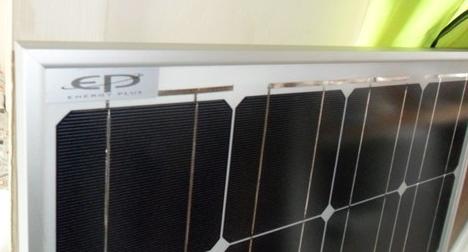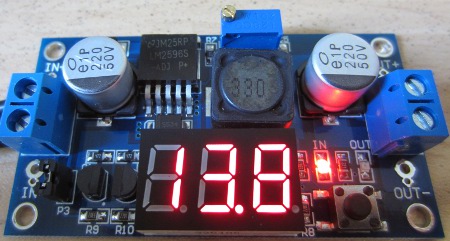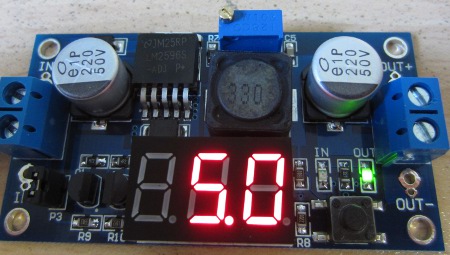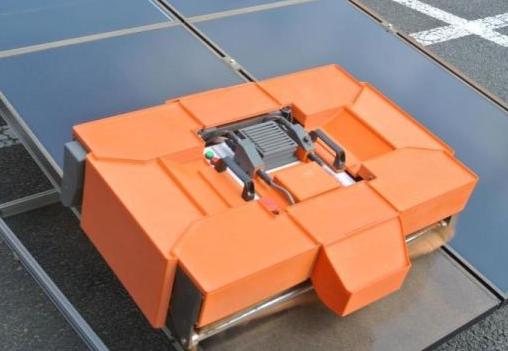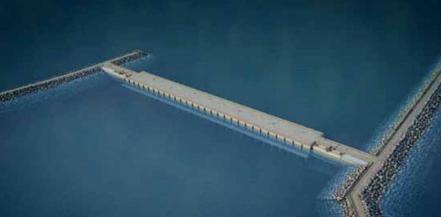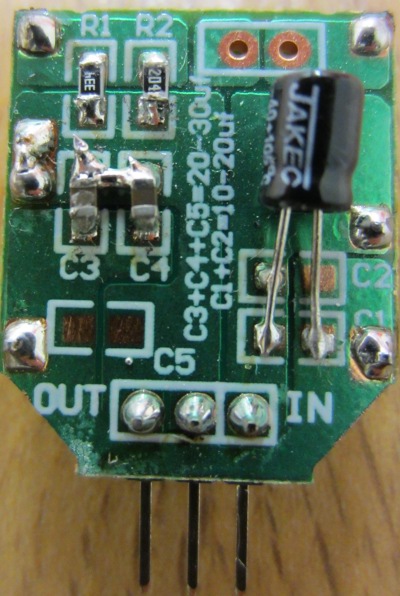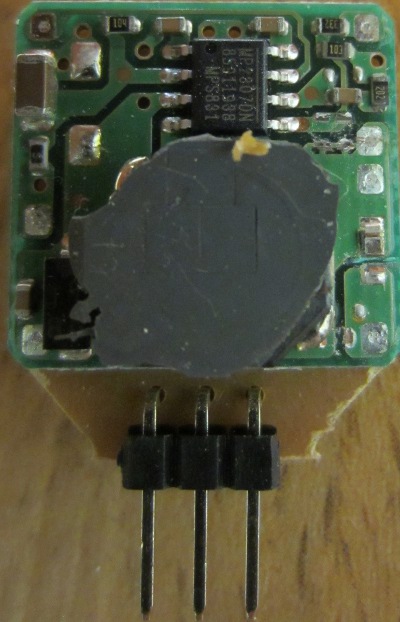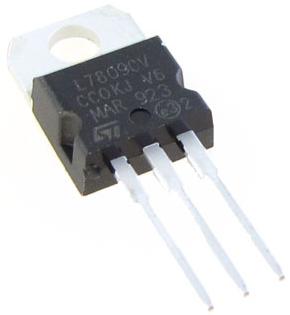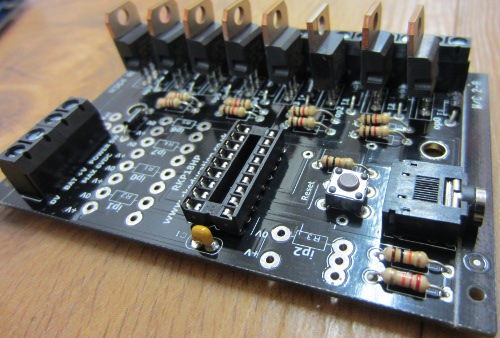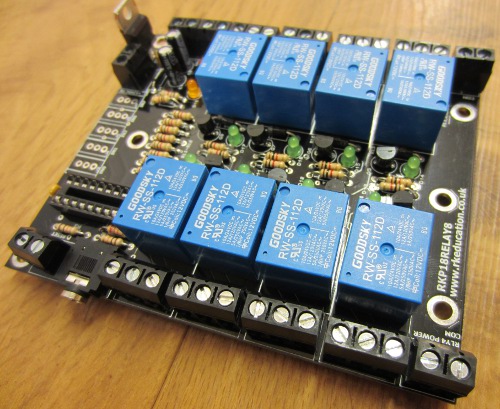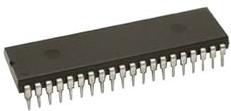An H Bridge is a electronic circuit which has an output voltage which can be in either direction. This is particularly useful when used with motors as reversing the polarity of the power supply to a motor causes it to rotate in the opposite direction.
In our article Automatic Hen House Door Controller we showed how a pair of relays could be used to achieve this polarity reversal for motors, as making an H bridge can be a bit complicated and mistakes tend to lead to destructive short circuits. Fortunately now there are many ready made H bridge boards available relatively cheaply which make everything a lot simpler for the DIYer.
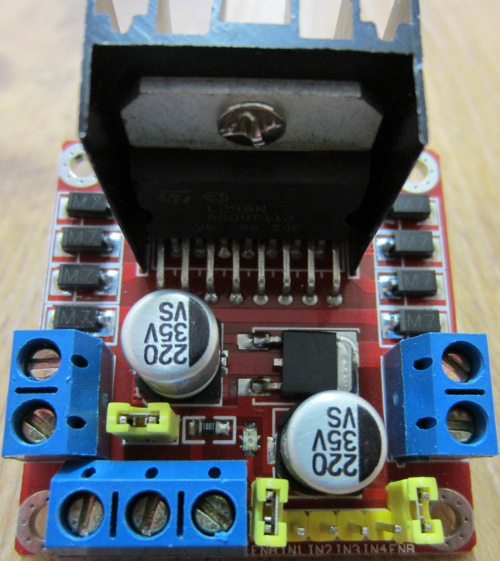
Pictured above is one such H Bridge circuit. Like most it is actually a dual / double H Bridge and so it can be used to control the direction of motion (and on/off status) of one or two motors.
The row of three screw in-terminals pictured at the bottom of the image are for the +12V and GND input connections, and a +5V output connection respectively. The +5V comes from an onboard 5V regulator which can be used to directly power a microcontroller such as an Arduino or Picaxe which would usually be used to control the motor(s).
The pair of terminals on the left of the image connect to the two power inputs of the first DC motor, and the second pair of terminal on the right to the second motor (if used).
There are 4 yellow inputs on the bottom right of the board as shown in the image labelled IN1, IN2, IN3, and IN4. If a high logic signal is sent (by the microcontroller) to IN1, the first motor will turn in one direction. If a high logic signal is sent to IN2 then the first motor will turn in the other direction. IN3 and IN4 work in the same way with the second motor.
It is not actually necessary to use a microcontroller – microswitches and resistors can be used to control the motor(s) in some simple applications.
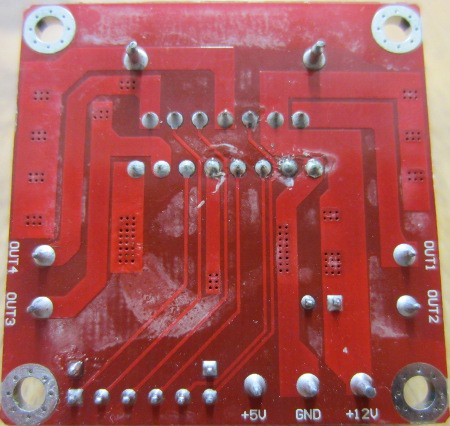
This H Bridge circuit is based around the L298N from ST Microelectronics – a dual full bridge driver which can supply up to 2 Amps of output current to each motor.
Click here to purchase one of these: Dual H Bridge Boards. Prices start from just £2.50 including delivery (air mail from China – 3 weeks) to up to £10 from UK sellers. As it typically costs around £5.00 to purchase just the L298N chip from electronics suppliers in the UK, these boards are great value and speed up project development no end.
